| –
| Remove remaining sealant on upper part of the oil sump and lower timing chain cover e.g. using rotating plastic brush. |

Note | Check timing chain cover for deformation. To do this, fit sump upper part first without sealant and check gap between cover and sump upper part. If deformation is evident and cover cannot be aligned, renew cover after upper part of sump has been installed. |
| –
| Clean sealing surfaces; they must be free of oil and grease. |
| –
| Check oil passages in sump (top section) and crankcase for contamination. |
|
|
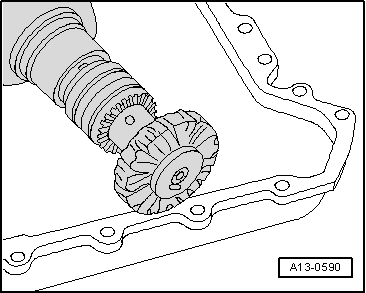
|

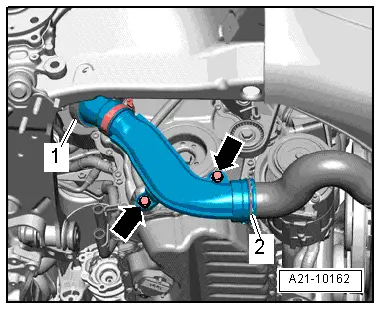
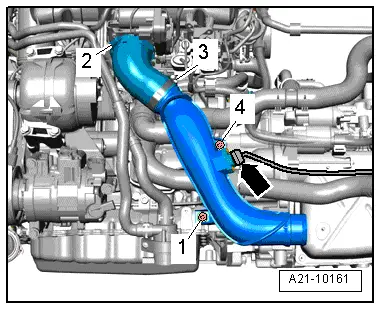
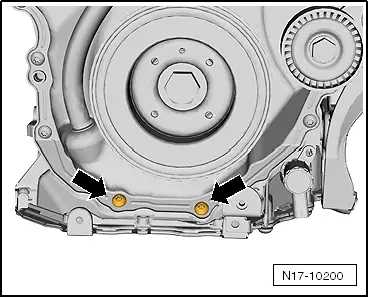
 Note
Note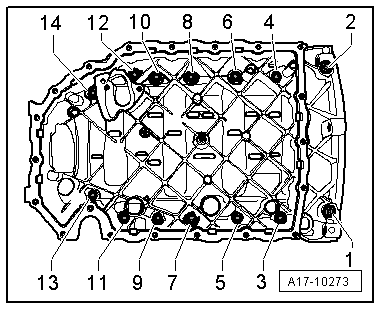
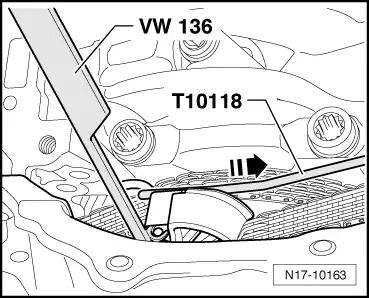
 Note
Note
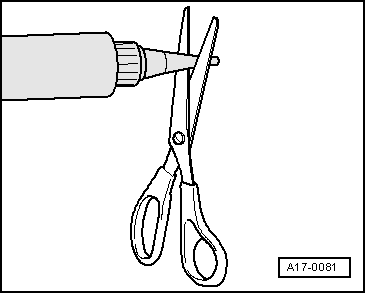
 Note
Note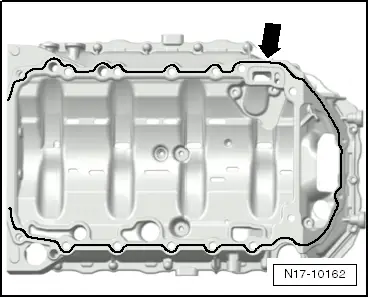


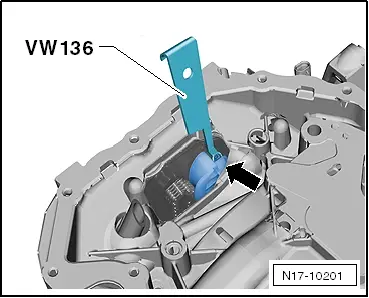

 DANGER!
DANGER! Caution
Caution